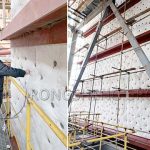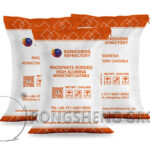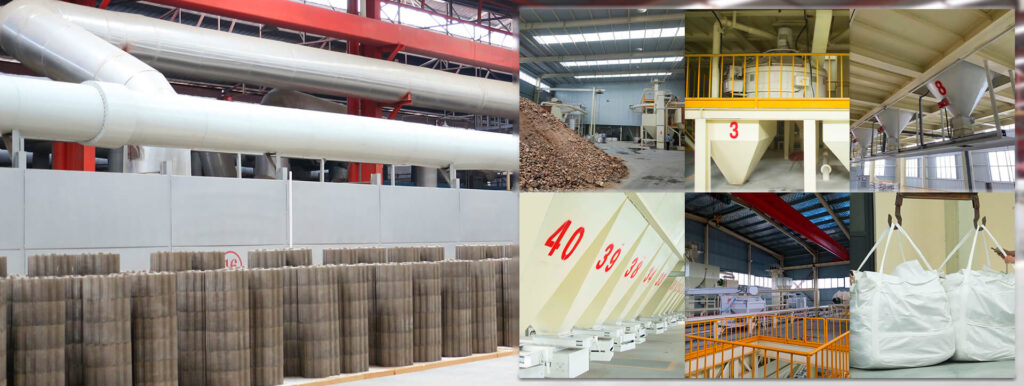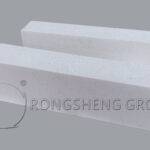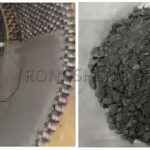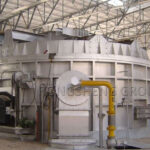There are many types of refractory composites. In the production and use of refractory materials, in view of certain needs, a corresponding classification method is adopted. At present, the classification methods of refractory materials are roughly as follows:
1) According to the refractoriness, it can be divided into 1580~1770°C ordinary refractory materials; 1770~2000°C advanced refractory materials; 2000~3000°C super refractory materials; super refractory materials greater than 3000C.
2) According to the shape and size, it can be divided into standard, general, special, brick, special and super special products
3) According to the molding process, it can be divided into natural rock cutting, mud pouring, plastic molding, semi-dry molding and vibration, ramming, fusion molding and other products.
According to the firing process, it can be divided into fired products, unfired products and fused-cast products.
There are many types of refractory composites. In the production and use of refractory materials, in view of certain needs, a corresponding classification method is adopted. Current classification of refractory materials
1) According to the refractoriness, it can be divided into 1580~1770°C ordinary refractories; 1770~2000°C advanced refractories; 2000~3000°C special refractories; greater than 3000C
Super refractory material.
2) According to the shape and size, it can be divided into standard, general, special, brick, special and super special products
3) According to the molding process, it can be divided into natural rock cutting, mud pouring, plastic molding, semi-dry molding and vibration, ramming, fusion molding and other products.
4) According to the firing process, it can be divided into fired products, unfired products and fused cast products.
5) According to the chemical mineral composition, it can be divided into aluminum silicate products (clay bricks, high alumina bricks, semi-silica bricks), siliceous products (silica bricks, fused silica sintered products), and magnesia products
(Magnesia bricks, magnesia alumina bricks, magnesia chrome bricks, etc.); carbon products (carbon bricks, graphite bricks, etc.); dolomite products; zircon products; special refractory products (high purity oxides)
Products, insoluble products and high-temperature composite materials), etc.
In addition to the above-mentioned classification methods, refractory materials can also be classified by other methods. For example: According to the purpose, it can be divided into blast furnace bricks, coke oven bricks and bricks for ingots, etc.;
The production process and construction characteristics during use can be divided into shaped products and unshaped refractory materials.

